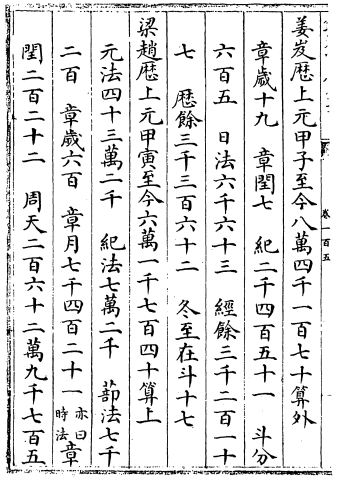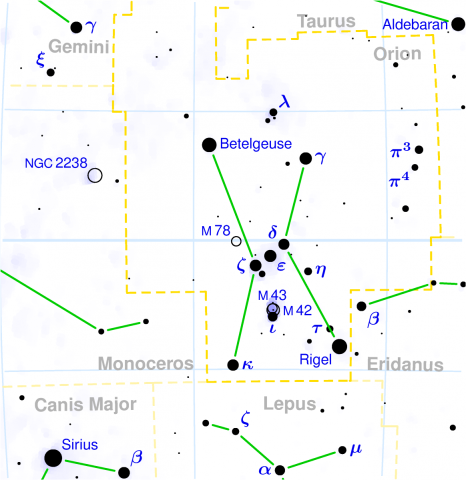Cecilia Payne Gaposchkin
Occupation
Astronomer
Year born
1900
Research Areas
Stars, Spectroscopy

Gan De
Occupation
Astronomer, Mathematician
Year born
Around 400 BCE
Research Areas
Jupiter’s movements, Star maps, Sunspots

Constellations
Have you ever looked for pictures in the stars at night? Like the sky is a giant dot-to-dot puzzle?
We call groups of stars which form a picture in our imagination, a constellation.

Finder-charts
A finder chart is a map of a small region of the sky. Astronomers use these charts to find particular stars within an image.
The charts are also useful for communicating which object on a map is being referred to.

Classify a Star
Investigate the Milky Way
Make a 3D Constellation
Ricardo Schiavon
Early Life
Ricardo was born in Rio de Janeiro, Brazil. His first degree in astronomy is from the Federal University of Rio de Janeiro. Then in 1993, he got a master's degree from the Observatório Nacional in Brazil. Ricardo moved to the University of São Paulo, Brazil to work on a PhD. He was awarded his PhD in 1998.
Research Areas: Galaxy formation, Observational astronomy
"I consider myself extremely lucky to be where I am, do what I do, and to be surrounded by so many amazing people here in Liverpool."
